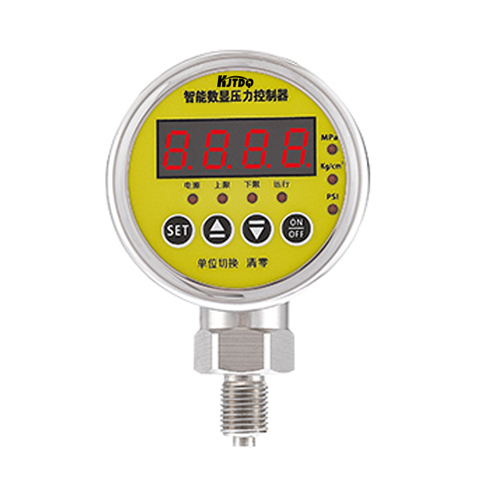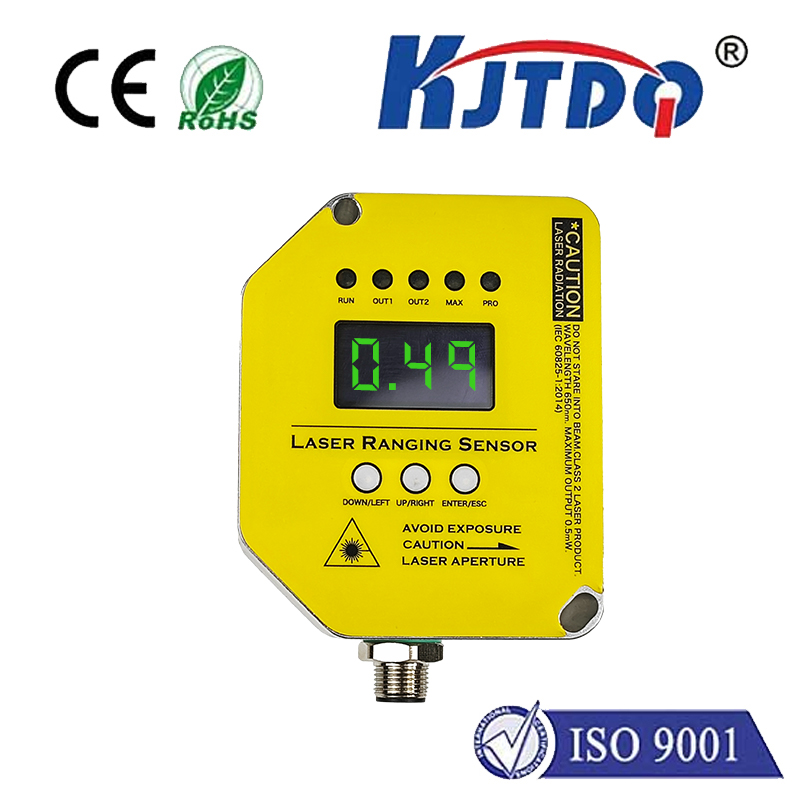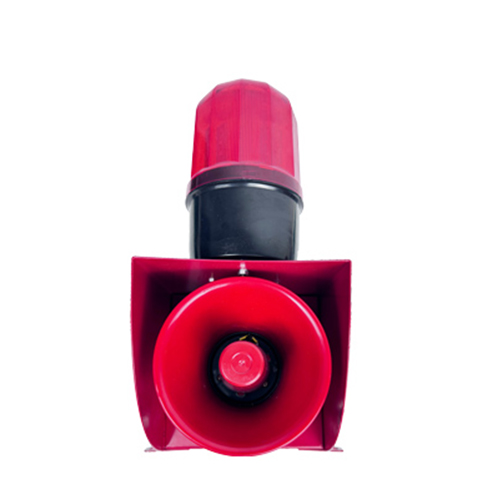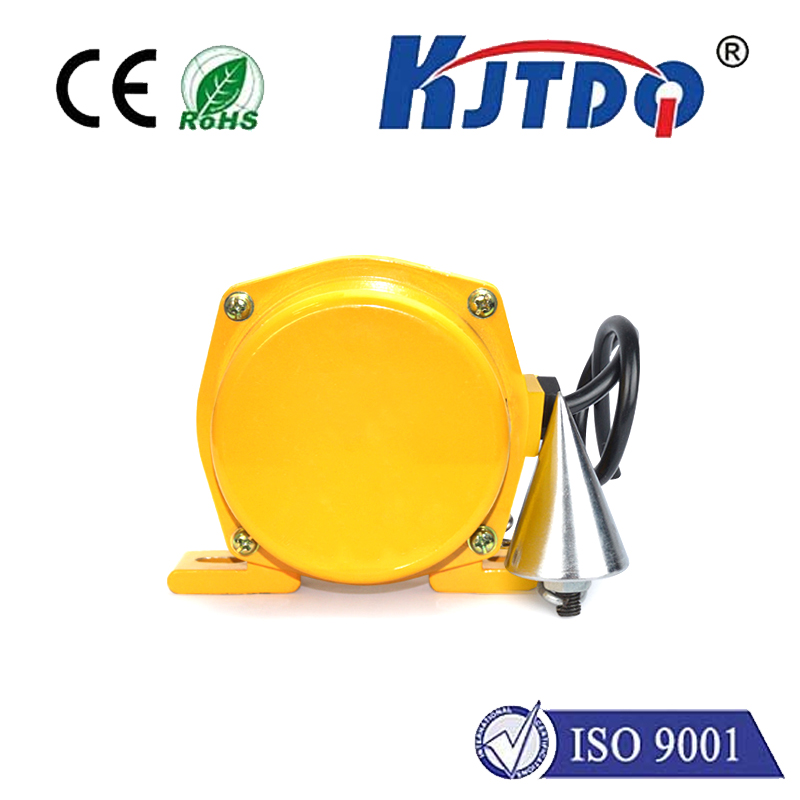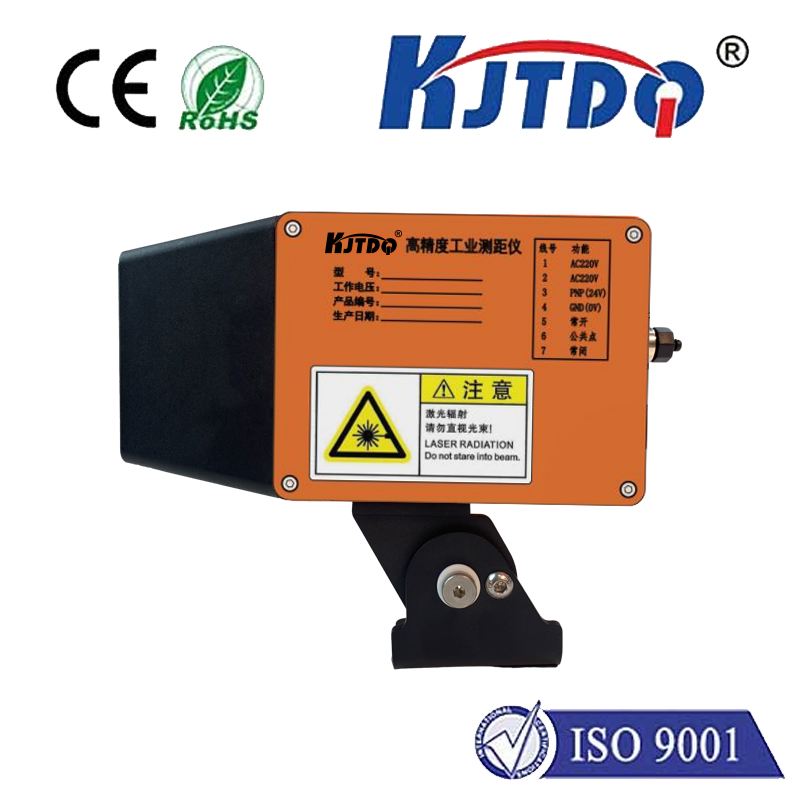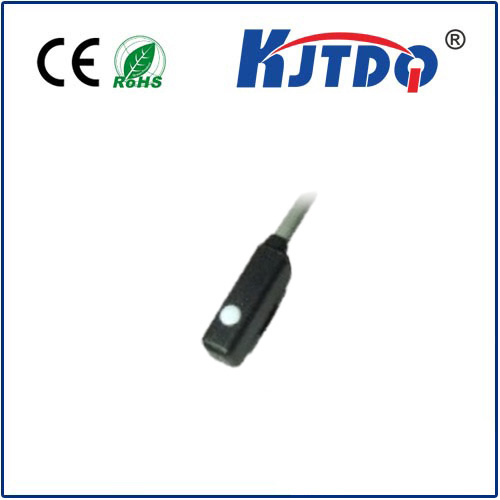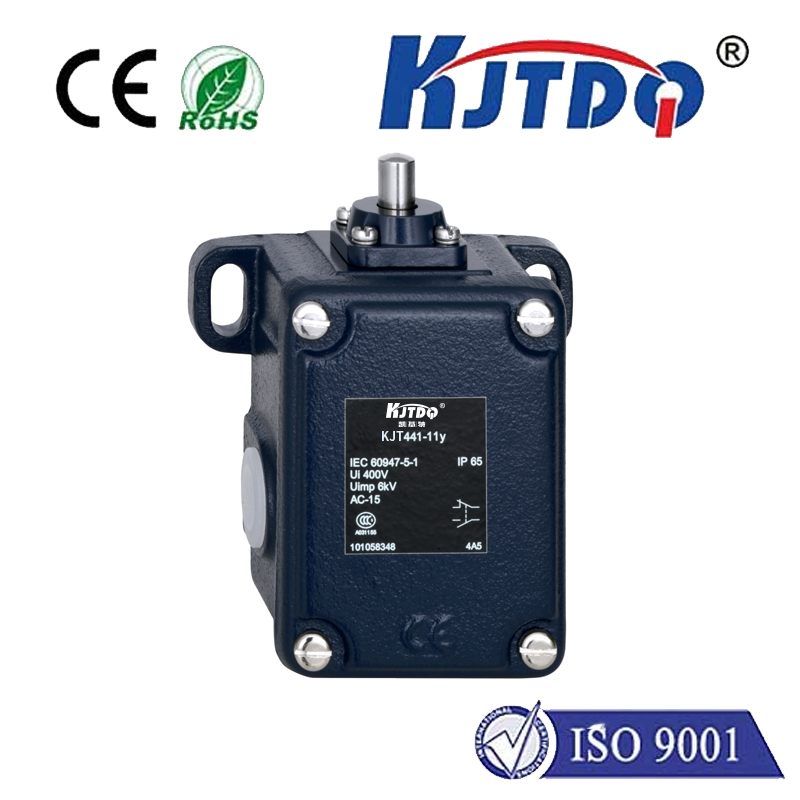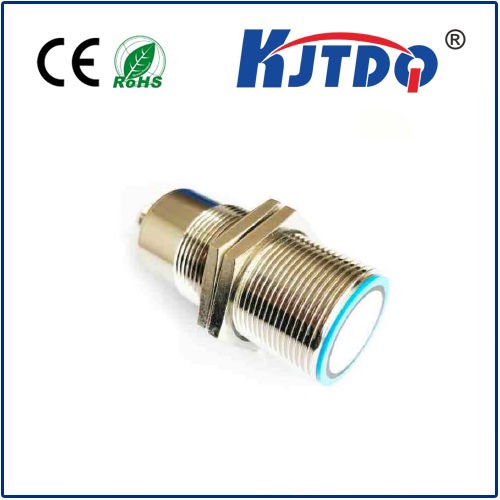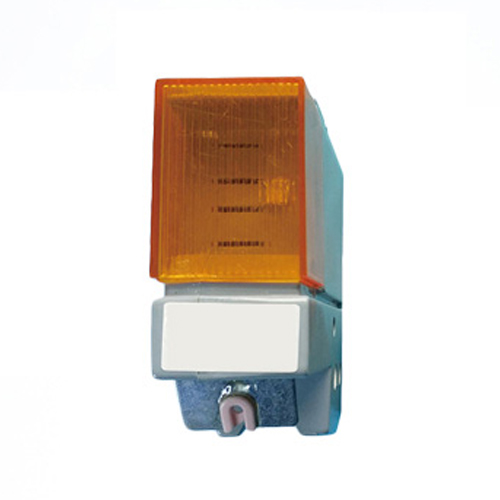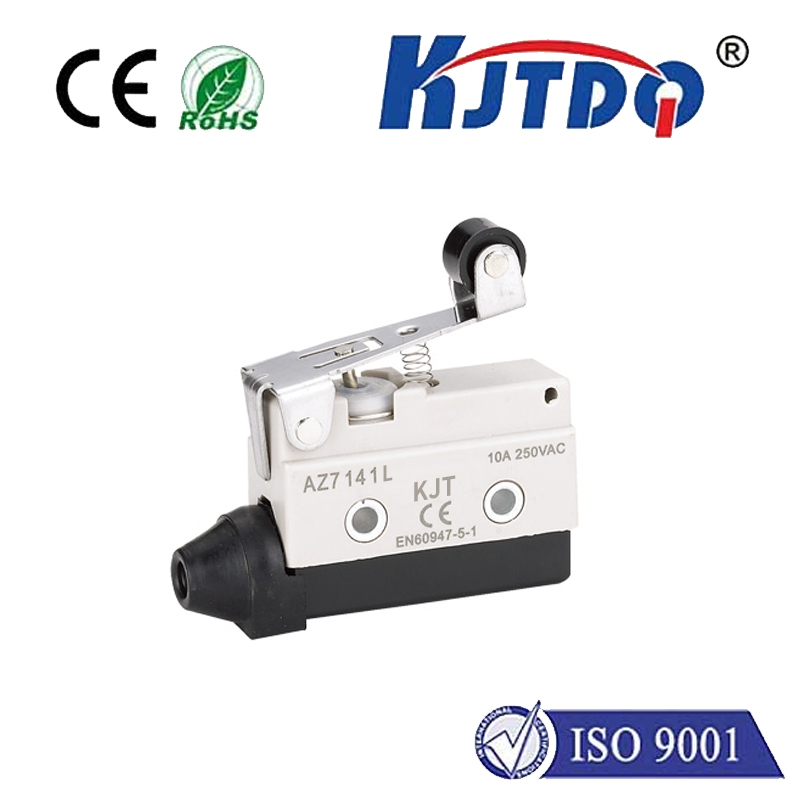fiber optic strain sensor
- time:2025-08-13 15:27:04
- Click:0
Fiber Optic Strain Sensors: Revolutionizing Structural Health Monitoring
Imagine being able to feel the subtle groan of a suspension bridge under heavy traffic, detect the minute shifting of a deep-sea pipeline, or monitor the vital signs of a high-speed aircraft wing in real-time, all without bulky electronics or wires vulnerable to harsh environments. This isn’t science fiction; it’s the transformative power of fiber optic strain sensors. These sophisticated devices leverage light itself to measure mechanical deformation with unprecedented precision, safety, and versatility, fundamentally changing how we monitor the structural integrity of the world around us.
The Core Principle: Light as the Messenger
At the heart of every fiber optic strain sensor lies a simple yet profound concept: when an optical fiber experiences mechanical strain (deformation), specific properties of the light traveling through it change in a measurable way. This light modulation serves as the key indicator. The most common methods involve:

- Fiber Bragg Gratings (FBGs): These are periodic modifications inscribed into the core of the optical fiber. They act like selective mirrors, reflecting a very specific wavelength of light (the Bragg wavelength). Crucially, when the fiber stretches or compresses, the spacing of the grating changes slightly. This directly shifts the wavelength of the reflected light. By precisely measuring this wavelength shift, engineers can determine the exact amount of strain experienced at that specific FBG location.
- Distributed Sensing: Technologies like Rayleigh, Brillouin, or Raman scattering use the entire fiber itself as the sensor. A pulse of light is sent down the fiber. As it travels, it interacts with the fiber material, producing backscattered light. The characteristics of this backscattered light (intensity, frequency shift, time-of-flight) are altered by strain (and often temperature) along the fiber’s length. Sophisticated interrogation units analyze these changes, pinpointing strain variations continuously along kilometers of fiber cable. This enables distributed strain sensing, a major advantage over point sensors.
Why Choose Fiber Optics Over Traditional Strain Gauges?
Traditional electrical strain gauges have served reliably for decades. However, fiber optic strain sensors offer compelling advantages that make them the superior choice for many demanding applications:
- Immunity to Electromagnetic Interference (EMI): Since they rely solely on light, fiber optic sensors are completely immune to electrical noise, radio frequency interference (RFI), and even lightning strikes. This makes them indispensable in environments near high-voltage equipment, power generation facilities, or with complex electrical systems.
- Intrinsic Safety: Optical fibers carry light signals, not electrical currents. This eliminates risks of sparking or ignition, making fiber optic strain sensors ideal for intrinsically safe applications in hazardous environments like oil and gas refineries, chemical plants, and mining operations.
- High Precision and Sensitivity: These sensors offer exceptional resolution and accuracy, capable of detecting micro-strains (changes in length per unit length on the order of 10^-6). This level of sensitivity is crucial for detecting early signs of structural fatigue or subtle deformations.
- Long-Distance Monitoring & Multiplexing: Optical signals can travel tens of kilometers with minimal loss. Furthermore, multiple FBG sensors (hundreds or even thousands) can be easily inscribed along a single fiber strand. A single interrogation unit can monitor all these points simultaneously, dramatically reducing cabling complexity and cost for large structures. Distributed sensing inherently provides spatially continuous data.
- Durability and Corrosion Resistance: Made primarily of glass, optical fibers are highly resistant to corrosion, moisture, and many chemicals. This translates to long-term stability and reliability even in harsh outdoor or submerged environments where metallic sensors might degrade.
- Small Size and Light Weight: The optical fiber core is incredibly thin (micrometers), and the sensors (especially FBGs) are minimally invasive. This allows for embedding directly into composite materials (like carbon fiber airplane wings) or attaching to surfaces with minimal impact on the structure itself.
- Wide Temperature Range: High-quality optical fibers can operate effectively across a vast temperature spectrum, from cryogenic temperatures up to several hundred degrees Celsius.
Transforming Industries Through Precise Measurement
The unique capabilities of fiber optic strain sensors are driving innovation across numerous sectors:
- Civil Infrastructure: Continuous monitoring of bridges, dams, tunnels, buildings, and historical structures for signs of stress, overload, settlement, or earthquake damage. Distributed sensing provides a complete picture of structural behavior.
- Energy: Monitoring the integrity of pipelines for leaks or ground movement, strain on offshore wind turbine foundations and blades, and pressure vessel integrity in power plants.
- Aerospace: Embedded sensors provide real-time load and strain data on aircraft wings, fuselages, and landing gear during flight testing and operational service, enabling condition-based maintenance and improving safety margins.
- Geotechnical: Measuring ground movement, slope stability, and deformation in soil and rock masses using specialized fiber optic cables.
- Transportation: Monitoring strain on railway tracks, heavy vehicle chassis, and shipping containers.
- Composite Materials: Fundamental for smart structures, allowing engineers to embed sensors during manufacturing to monitor internal stresses and curing processes in real-time and throughout the product’s lifecycle.
The Future is Bright: Expanding Capabilities
The field of fiber optic strain sensing continues to advance rapidly. Research focuses on enhancing interrogation unit speed and resolution, developing even more sensitive and robust fiber coatings, improving multiplexing capacity for denser sensor networks, and integrating sensing capabilities directly into novel fiber designs. The integration of fiber optic strain sensor data with artificial intelligence for predictive analytics and automated structural health assessment represents a significant frontier. As costs decrease and technology becomes more accessible, the deployment of these sophisticated monitoring systems will become even more widespread.
From safeguarding our critical infrastructure to pushing the boundaries of aerospace engineering, fiber optic strain sensors provide an unparalleled window into the mechanical health of structures. Their ability to deliver precise, reliable, and distributed strain data safely and efficiently makes them not just another tool, but a fundamental enabler for smarter, safer, and more resilient engineering. The light traveling through a thin strand of glass has become one of our most powerful allies in understanding and protecting the built world. Imagine a major aircraft manufacturer implementing a dense network of FBG optical sensors throughout the wing structure of its newest airliner. During rigorous flight testing and throughout its service life, this network continuously feeds strain data to ground systems. Algorithms analyze this data in real-time, identifying subtle deviations from expected patterns that might indicate localized stress concentrations or early signs of fatigue long before any visible issues arise. This proactive intelligence, powered by fiber optics, allows for targeted maintenance, prevents unexpected failures, optimizes inspection schedules, and ultimately ensures the highest levels of safety while potentially extending the operational lifespan of the aircraft.












